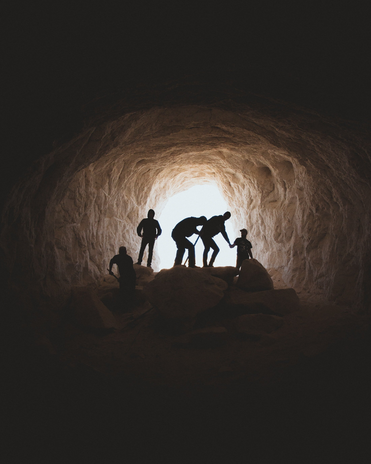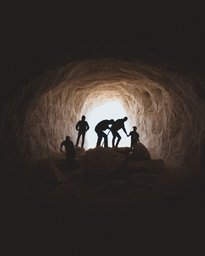The mysterious tunnels of Columbia University have been a long time interest of many students. These tunnels, which were heavily explored by students in the early 2000’s and earlier (before they started to be closed off for maintenance). Rumors tell of one student who disappeared in the tunnels and then was forgotten until he failed to receive his diploma.
These tunnels were first used for Bloomingdale’s Insane Asylum. The tunnels were created to assist patients in moving from one place to another. These tunnels were also used during the Manhattan Project and during the Barnard Greek Games. Because these games were female only, and a competition between the Sophomore and Freshman class at Barnard, men were banned. The New York Times, in 1923, published an article regarding undergrads attempting to spy on the Barnard Greek Games via the tunnels that connect Barnard and Columbia.
Additionally, during the student strike of 1968, the staff of Columbia’s student-run radio station used the tunnels to tap the telephone system. During the strike, the tunnels were used to gain access to buildings (since they were banned from entering if on strike).
While there are no confirmed entrances into the tunnels since 2013 (according to Reddit), there has been more recent information on how to access the tunnels. According to a Spec article written in 2019, you can probably still access the tunnels from Butler, the Math building, Havemeyer, and Lewisohn. The original website that had some recent information, columbiatunnels.org, has been taken down and is no longer accessible.
Learning about the tunnels could be a fun activity for Halloween. Here is a link to some of the other maps that designate the tunnels. If you are interested in a guided tour, there is a presumed “Brian” who should be able to help. However, according to an article of Untapped New York, frequent explorers often kept the maps under wraps so as to not encourage outsiders to investigate the tunnels.
Despite the many maps created via the interweb, it is still not known if these are actually accessible or not. My assumption is that the tunnels have been closed off because even back in 2006 many of the passages had already been blocked and filled with hot boilers. Today, the tunnel system acts as conduits for telecommunications, conduits for steam and electricity. They are incredibly hot. The steam tunnel connecting Mudd, Uris, Dodge, and Havemeyer contains rail tracks that were used for transporting coal to heat the buildings.
With this being said, it would be very unpleasant to enter the tunnels, given the high temperatures, and thus I would advise against exploring them, even if you are able to gain access to them. Entering the tunnels, which would probably only be possible by entering restricted areas, would probably lead to suspension or some type of probation.
This Halloween, the mystery of the Columbia underground tunnels should probably remain a mystery. Stay safe out there!


